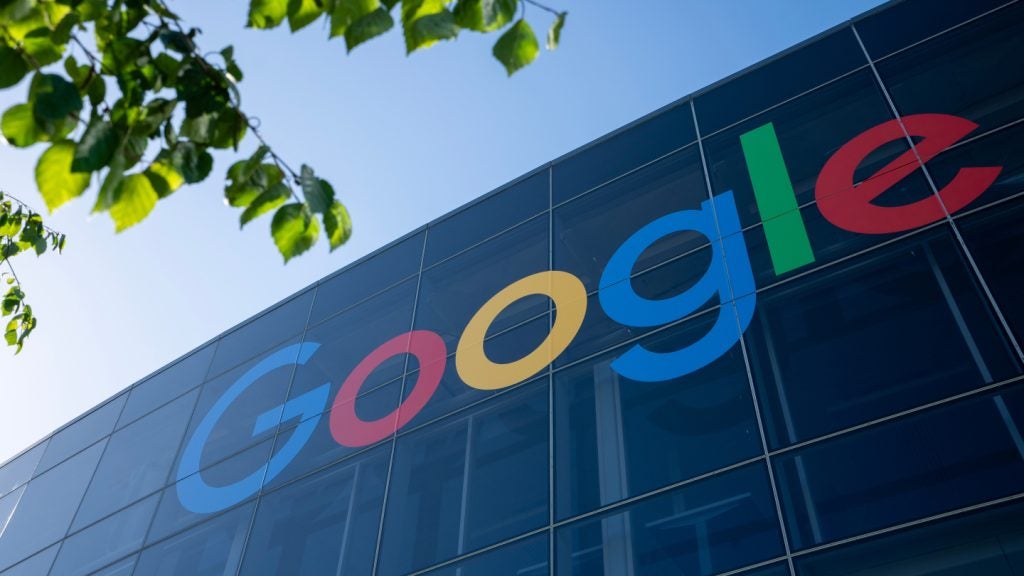Phunware has been granted a patent for a geofence event prediction method. The method involves retrieving non-contemporaneous geofence predictor data, including past and future geographic location data, and geofence data of a mobile device. A future geofence event prediction is developed by determining if a future appointment’s location is within a geofence, calculating a confidence level, and storing the prediction in a database. GlobalData’s report on Phunware gives a 360-degree view of the company including its patenting strategy. Buy the report here.
According to GlobalData’s company profile on Phunware, AI for workflow management was a key innovation area identified from patents. Phunware's grant share as of June 2023 was 1%. Grant share is based on the ratio of number of grants to total number of patents.
Geofence event prediction method using past and future data
A recently granted patent (Publication Number: US11659352B2) describes a geofence event prediction method and a mobile device with geofence event prediction capabilities. The method involves retrieving non-contemporaneous geofence predictor data of a mobile device, which includes both past and future geographic data. The future geographic data includes a calendar with at least one future appointment. The method also involves retrieving geofence data of the mobile device. Using this data, the method develops a future geofence event prediction that includes determining the latitude, longitude, time, and date for the predicted event. The prediction is based on whether the geographic location of at least one future appointment falls within a geofence. A confidence level is calculated for the prediction, and the latitude, longitude, time, date, and confidence level are stored in a database of future geofence event predictions.
The method further includes accessing the database of future geofence event predictions if mobile device movement data is detected. This movement data can include GPS, Bluetooth, WiFi, or acceleration data. If a new future geofence event is created based on the movement data, it is mapped against the database of predictions. The database can be updated by adding the new event or modifying an existing event to which the new event maps.
The patent also describes a mobile device with geofence event prediction capabilities. The device includes a digital processor, a GPS unit, a WiFi unit, a Bluetooth unit, and an accelerometer. It also includes non-transitory computer-readable code segments that can be executed on the digital processor. These code segments allow the device to retrieve geofence predictor data, geofence data, and develop future geofence event predictions. The device can calculate confidence levels for the predictions and store them in a database.
Overall, this patent presents a method and a mobile device that can predict future geofence events based on past and future geographic data. The predictions can be used to enhance location-based services and provide users with relevant information and notifications.
To know more about GlobalData’s detailed insights on Phunware, buy the report here.
Data Insights
From

The gold standard of business intelligence.
Blending expert knowledge with cutting-edge technology, GlobalData’s unrivalled proprietary data will enable you to decode what’s happening in your market. You can make better informed decisions and gain a future-proof advantage over your competitors.






